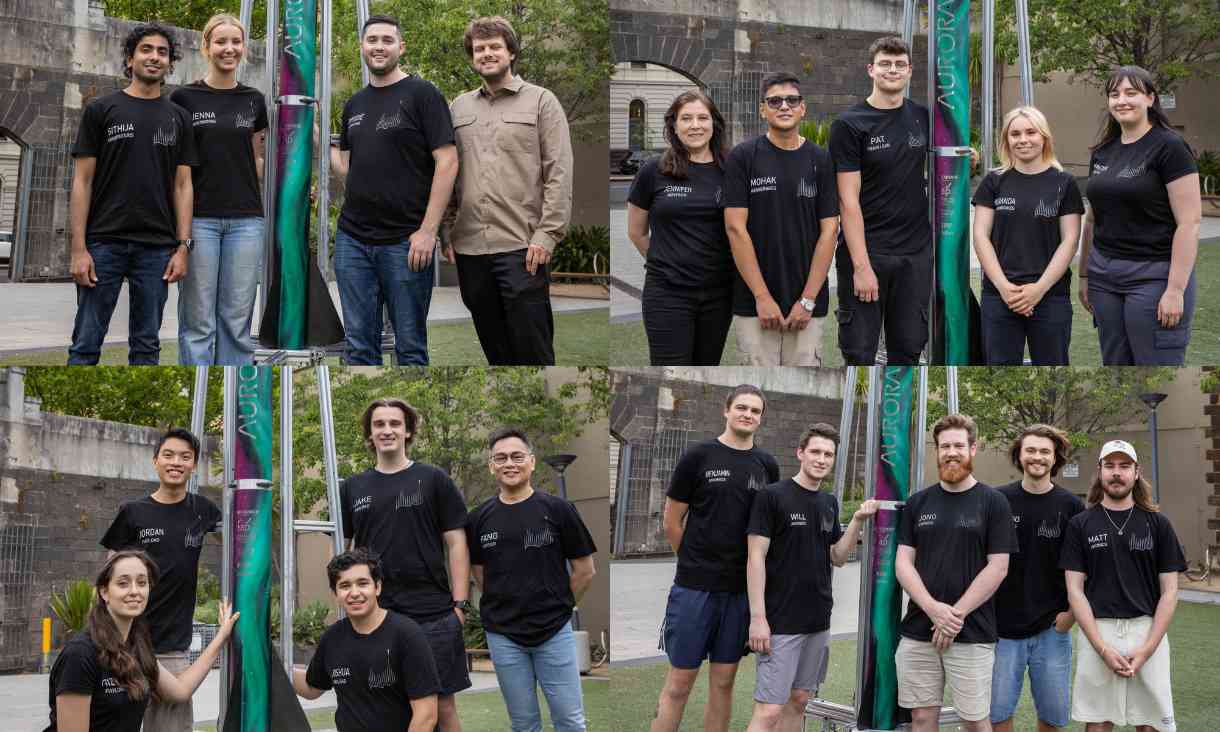Coffee concrete shortlisted for national research impact award
Universities Australia has shortlisted RMIT University’s coffee concrete innovators for the Shaping Australia Awards in the Problem Solver category.
RMIT team wins Technical Excellence award at national competition
RMIT's student-led rocket team have continued their legacy of success at the Australian Universities Rocket Competition (AURC), placing second overall and winning the Technical Excellence Award for their design.
Blood test could make cancer treatments safer and more effective
Scientists from RMIT University and the Doherty Institute have developed a new blood test that could screen cancer patients to help make their treatment safer and more effective.
Study reveals the reasons women leave cyber security: bullying, 24/7 culture, pay gap
New research from RMIT University has investigated why women are under-represented in Australia’s cyber security workforce and why the few that do enter the sector, often end up leaving it.






